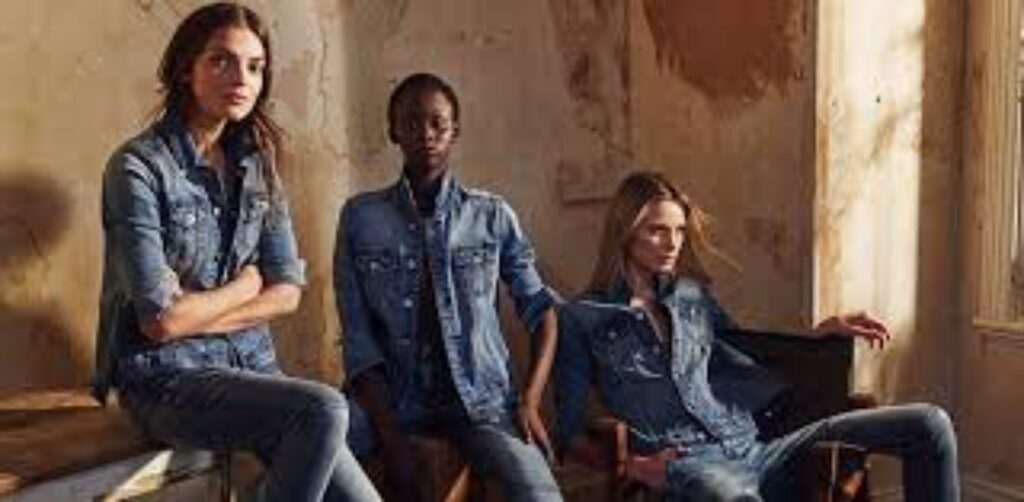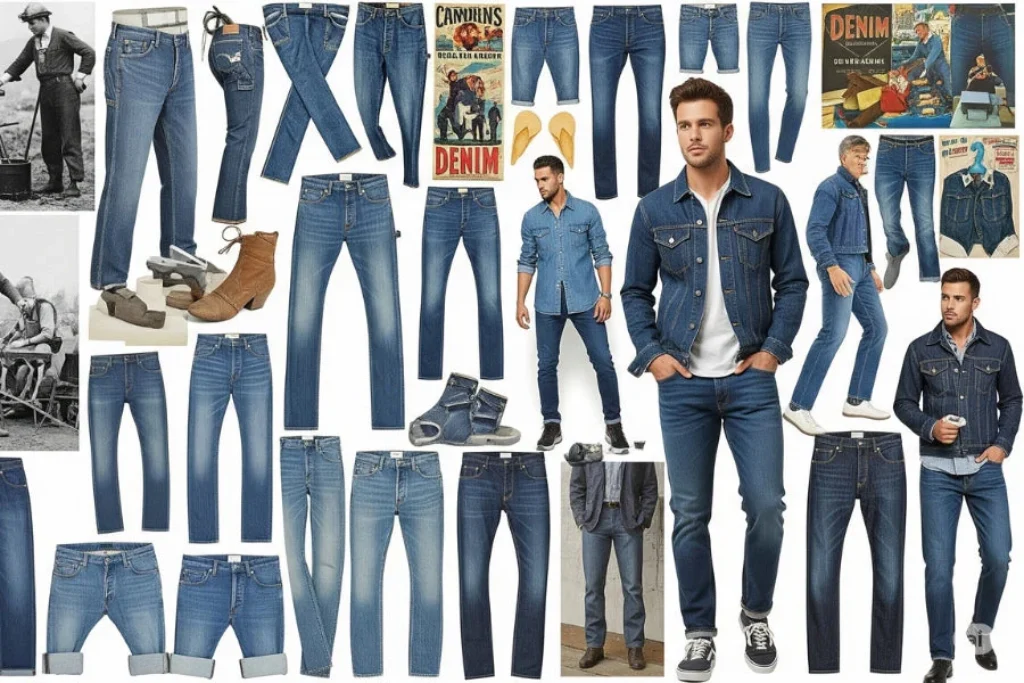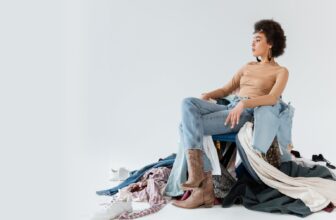
High Fashion to Workwear: The Evolution of Denim
Few fabrics have achieved the cultural status and timeless appeal of denim. From rugged workwear to runway couture, denim has transcended its humble beginnings to become one of the most versatile and enduring staples in fashion. Its story is one of reinvention, resilience, and relevance—proving that denim is more than just a fabric; it’s a symbol of adaptability and style.
Denim’s Humble Beginnings
The origins of denim date back to the 19th century, when it was first produced in Nîmes, France—hence the name “de Nîmes,” or denim. The fabric became globally recognized when Levi Strauss and Jacob Davis introduced denim trousers reinforced with copper rivets in 1873. These garments were designed to withstand the harsh conditions faced by miners, railway workers, and farmers in the United States.

Denim’s early reputation was rooted in durability. For decades, it remained firmly in the realm of workwear, valued for practicality rather than style. Blue jeans were tools of survival, not statements of fashion.
From Function to Fashion
The shift from workwear to mainstream fashion began in the mid-20th century. During the 1950s, denim gained popularity among youth culture, fueled by Hollywood icons such as James Dean in “Rebel Without a Cause” and Marlon Brando in “The Wild One.” Jeans became symbols of rebellion, independence, and youthful defiance.
By the 1970s, denim had exploded in popularity, embraced by countercultures ranging from hippies in flared jeans to rock stars in distressed denim. Designers began experimenting with washes, cuts, and embellishments, turning denim into a canvas for self-expression. What was once uniform workwear had officially crossed into the world of style and identity.
The Rise of Designer Denim
The 1980s marked denim’s entrance into high fashion. Luxury brands and emerging designers elevated jeans into status symbols. Labels like Calvin Klein and Guess pioneered provocative advertising campaigns that made denim glamorous and aspirational.
By the 1990s and early 2000s, designer denim brands such as Diesel, True Religion, and Seven for All Mankind dominated the market. Jeans were no longer just casual staples—they were premium lifestyle pieces. From slim-fit to bootcut, from acid wash to rhinestone embellishments, denim mirrored the eclectic trends of each era.
Denim on the Runway
Today, denim is no longer confined to casual wear. High fashion has embraced it wholeheartedly, with designers like Alexander McQueen, Balmain, and Chanel showcasing denim in couture collections. On the runway, denim appears in unexpected forms: structured blazers, gowns, and even tailored suits. This elevation challenges the perception of denim as “everyday wear” and positions it as a luxury fabric worthy of artistry.
Denim in the Workplace
One of denim’s most remarkable evolutions is its acceptance in professional environments. Once considered inappropriate for offices, denim now plays a role in business-casual dress codes. Dark, tailored jeans or denim blazers have become workplace staples, especially in creative industries and modern corporate cultures that value versatility and comfort.
This shift reflects broader changes in workplace fashion: formality has softened, and individuality has gained importance. Denim now bridges the gap between style and professionalism, allowing employees to project confidence without sacrificing comfort.
Sustainability and the Future of Denim
As fashion pivots toward sustainability, denim is once again evolving. Traditional denim production is water- and energy-intensive, but modern innovations are reshaping its footprint. Brands are adopting organic cotton, recycled fibers, and water-saving dyeing techniques to create eco-friendly jeans. Vintage and upcycled denim are also enjoying renewed popularity, proving that durability and circular fashion can coexist.

Looking ahead, denim’s future lies in balancing its rugged heritage with innovative practices. It will continue to be a symbol of resilience—but also of responsibility.
Final Thoughts
From its beginnings as rugged workwear to its ascent into the realms of high fashion and office attire, denim has undergone one of the most remarkable evolutions in fashion history. It has been a uniform of laborers, an emblem of rebellion, a statement of luxury, and a trusted piece in workplace wardrobes. Few fabrics have bridged so many worlds with such ease.
Ultimately, denim’s story reflects our own: always adapting, always evolving, and always relevant. Whether you wear it distressed, tailored, or couture, denim remains a fabric that speaks to both practicality and personality.








